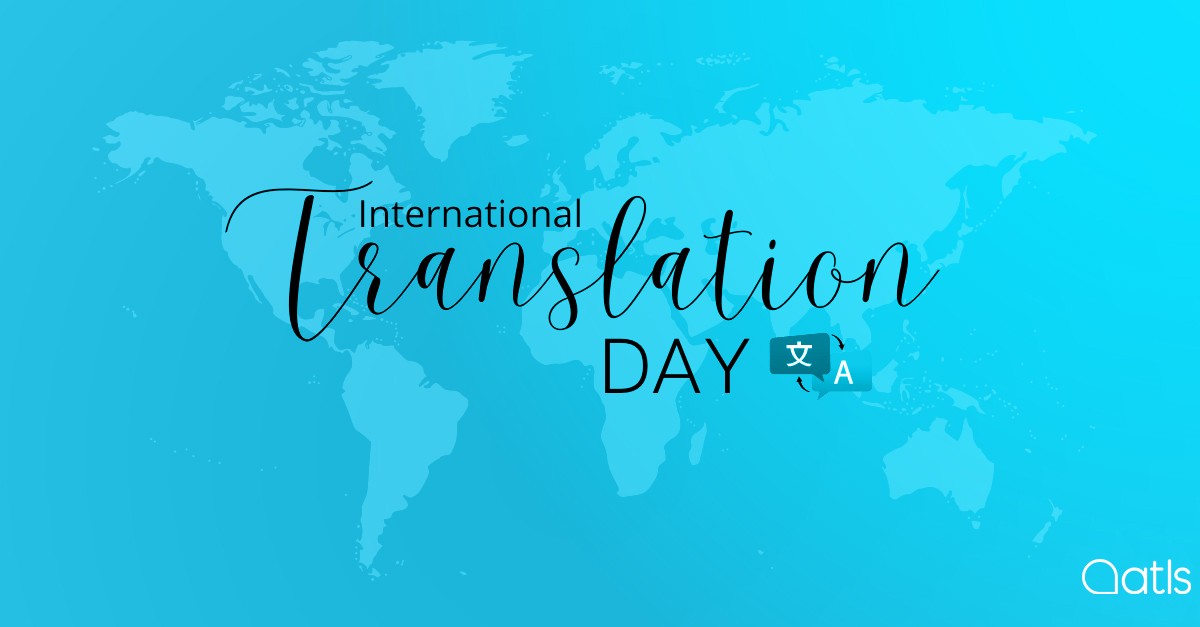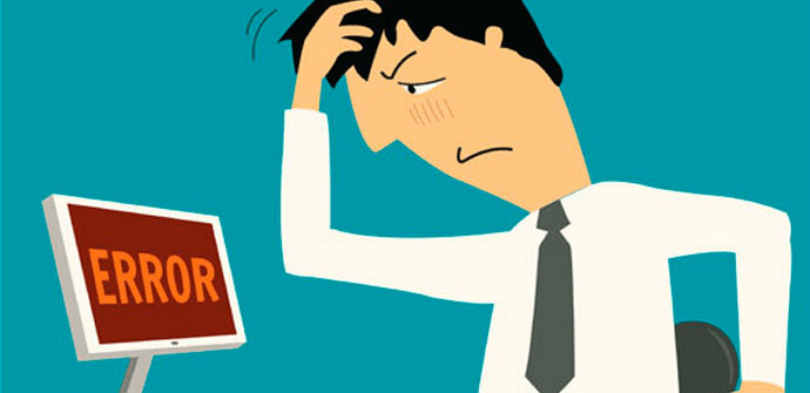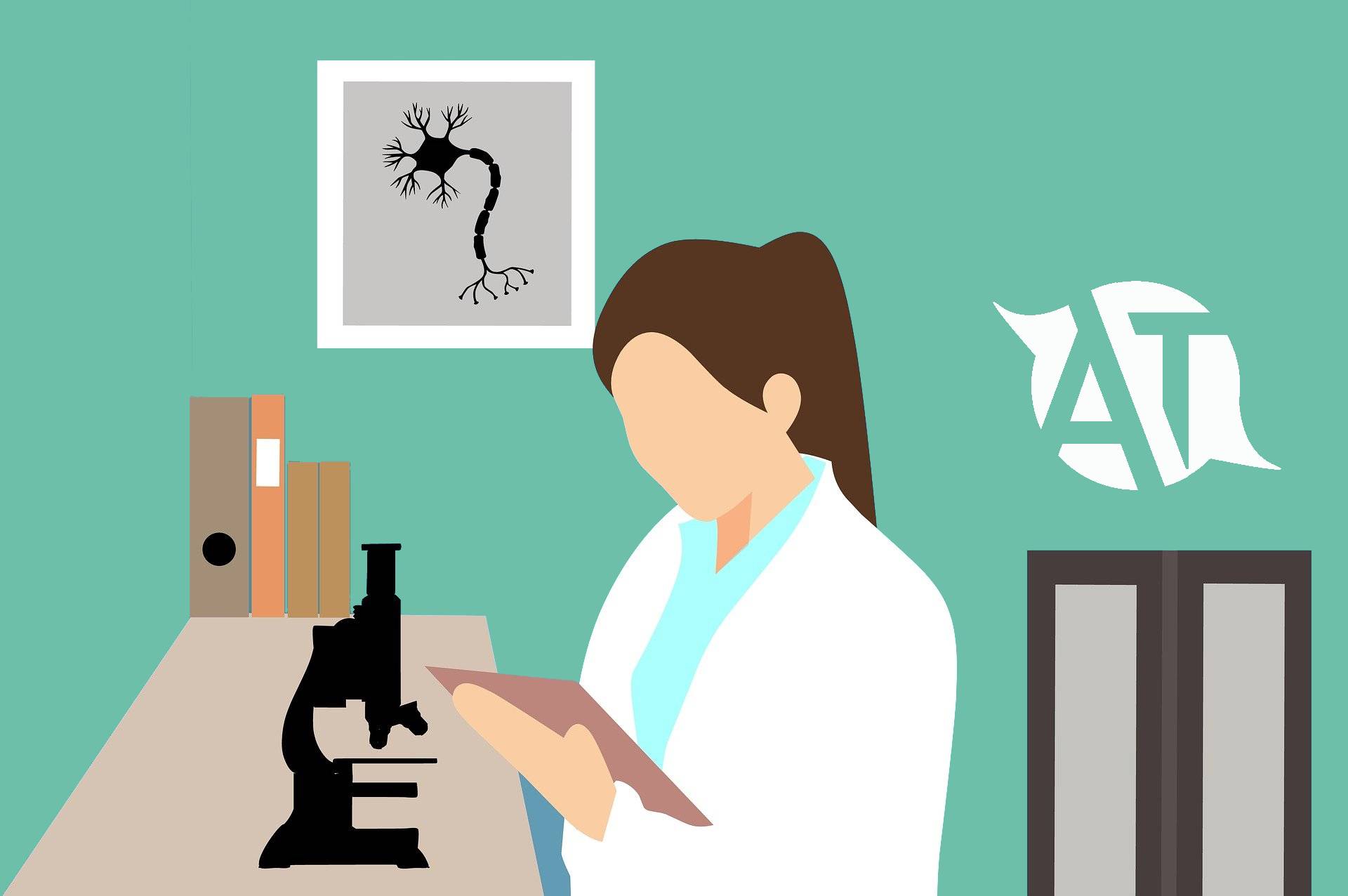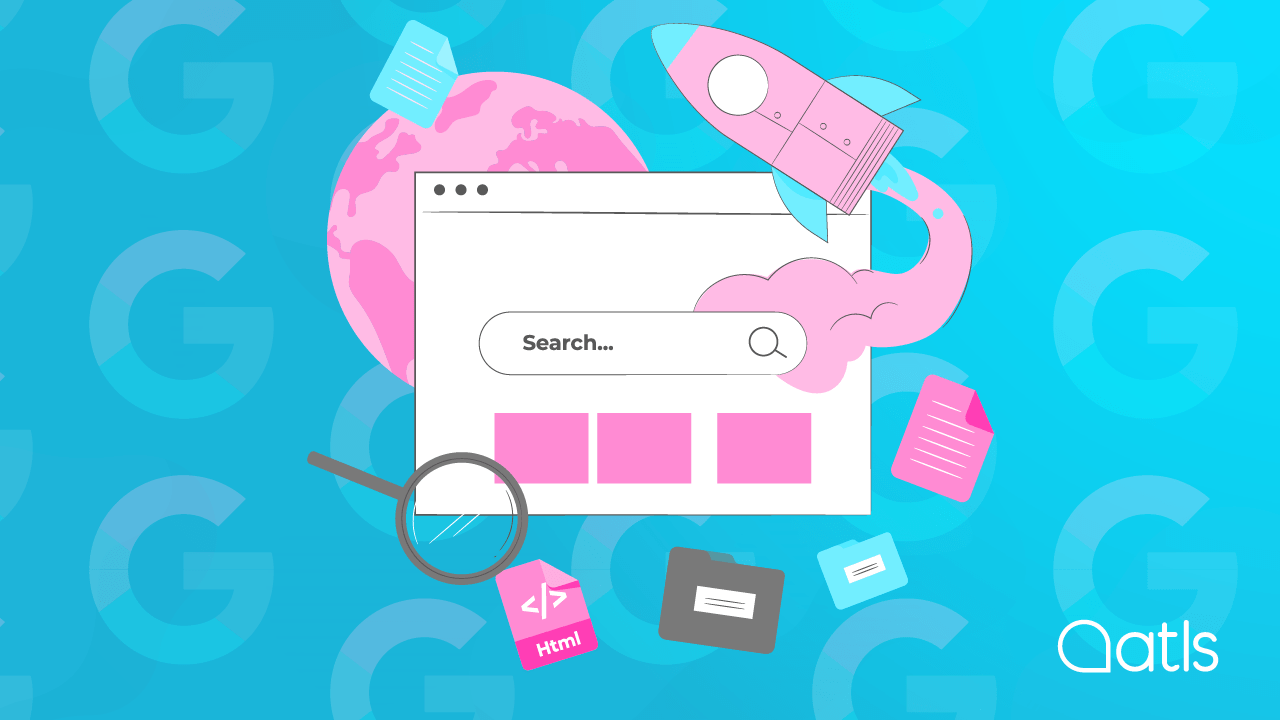Translation: past and future

International Translation Day is celebrated worldwide on 30 September. In light of this event, let's dive into the origins of this fascinating profession. The art of translation is ancient. The Rosetta Stone is one of the first pieces of written evidence of translation, as it shows the same text in Egyptian hieroglyphics, Demotic (written Egyptian script) and Greek. The stone unravelled the meaning of Egyptian hieroglyphics. So we can be sure the history of translation dates as far back as 196 B. C.
The very beginnings of translation
In fact, translation as we know it was already being done in the Mesopotamian era, when the Sumerian poem The Epic of Gilgamesh was translated into Asian languages. That's way back in the second millennium B.C. Other ancient examples include translations of works by Buddhist monks from Indian languages into Chinese. Later, Roman poets translated texts from ancient Greece and adapted them to create entertaining literary works. We also know that translation services were used in Rome by Cicero and Horace, continuing to the seventeenth century when new practices came about.
In the Middle Ages, the most important thing about translators was their role as philologists, given the wealth of lexical contributions they made as languages were forming over the course of the period. You can see a number of examples in the Spanish language, with words derived from Arabic such as 'alforja' (saddlebag) and 'acequia' (ditch), introduced into the language through the translation of texts.
As well as contributing new vocabulary, translators also passed on new knowledge, so they were also great bearers of ideas. This is particularly true of the Renaissance period, when translators were essentially transmitting aesthetic concepts.
Later, in the nineteenth century, their work would involve passing on political ideas and national identity through language. As new nation states emerged, numerous texts from politically unstable countries such as Italy and Germany served as examples and inspiration to other countries across the world.
You might be thinking whatever, that was all centuries ago... but stick with me! Let's bring ourselves up to date a bit.
Translation in contemporary times
We now live in a truly global era. Every text, every document can be of use anywhere in the world, regardless of the language it started out in. Which is why the work of translators is so important in everyday life. Translation is now so entrenched - and so necessary - that it almost goes unnoticed.
The internet has revolutionised our ability to access, translate and understand texts and documents from all over the world. And the importance of understanding the culture of the source country, and that of the target audience, is something new technologies have brought to the fore. The majority of machine translation services can only perform a literal, word for word translation. But translation professionals can translate texts and spoken word into several languages, always taking the target culture into account.
Translation in the digital world
Back in the 1950s when machine translation was introduced, it was as though science fiction had become a reality.
Programmers had dreamed of inventing a machine that could translate languages - they were well aware of the potential of such a device. One of the most significant consequences of the invention and development of translation technology was the notion that the process goes beyond mathematical and logical functions. In fact, it goes deep into the complex world of the relationship between words and meanings. We're talking about neural machine translation. A phenomenon set to revolutionise the present and future of translation.
Will translation as we know it cease to exist?
There's a lot of talk about machine translation replacing the need for human translators.
But whilst machine translation is incredibly useful for translating large volumes of texts, and can be decent quality, it will never have the level of quality and knowledge human translators can provide. Machine translation still has a long way to go. Creating software that can think like a human would open up a wealth of potential beyond simple communication. Technology may have come far in recent years, but when it comes to translation, we still need humans.
Our translators are flesh and blood
At ATLS, we work with some 8,000 living and breathing translators, spanning the world. All are professionals with extensive experience in the translation sector and specialist knowledge of their industry (fashion, marketing, finance, health, etc.). But we won't lie. Technology is also a big help.
At ATLS, we bring our clients the most cutting-edge neural machine translation technology. We train our own translation engines to our clients' specifications. The aim? To be able to translate large volumes of data - fast. Think publishing houses, banks, hotel chains, etc.




